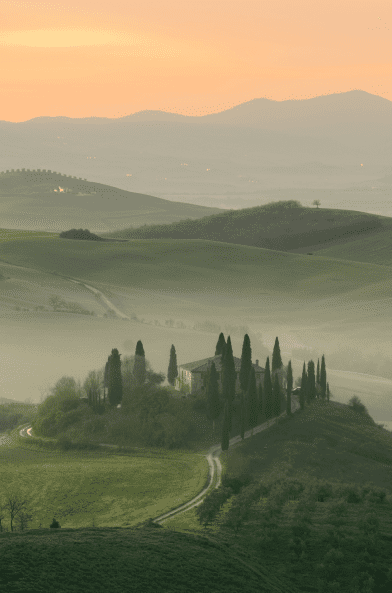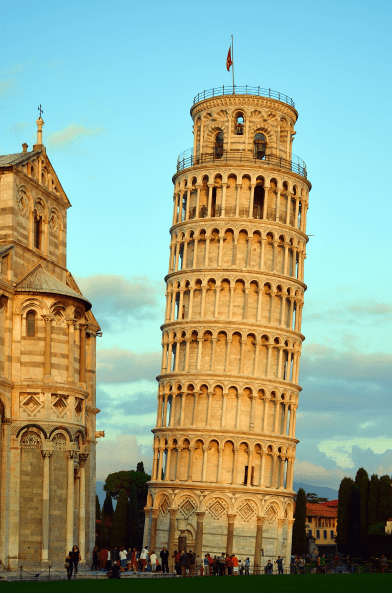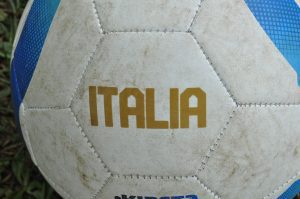
Italy
Rome, Florence, and Venice
14 Days
Workation » Best Workation Locations and Why You Should Visit Them » Italy Workation – Working and Vacationing in Italy » Best Italy Workation Packages 2023 » Best of Italy Workation Package
Rome, Florence, and Venice Workation Package
Enjoy the ancient atmosphere, elegant countryside, and famous canals of three famous cities during your 14-day Italy Workation package that takes you to Rome, Florence, and Venice. Balance your time between work, life, and the excitement of new experiences.
Highlights
- Visit Rome’s ancient and Renaissance wonders including the Colosseum and Forum
- View the famous artwork of Florence with guides to see the Uffizi and Accademia galleries
- Enjoy a gelato tour of Florence to sample the diverse flavors of artisan gelaterie
- Visit Doge’s Palace in Venice during a guided tour of the city’s secret history
- Witness the famous images, colors, and atmosphere of Michelangelo’s Sistine Chapel during an after-hours tour of the Vatican Museum
- Find the unique Giotto frescoes in Padua that are often considered the impetus of the Renaissance
- Taste the traditional, elegant, and local flavors of Venice with a food tour of the best cicchetti in the city
What’s included
Customizable itinerary
This is a sample itinerary to inspire a personalized trip designed with your travel specialist
1. Saturday - Welcome to Rome
Rome is a city filled with iconic monuments and history layering the streets. Your Workation representative will meet you at the airport and help you transfer into the heart of the Eternal City to find your pre-screened accommodations filled with the amenities you need for a successful work-life balance.
The tremendous history reaches back beyond the ancient Roman empire but you can spend your time getting acquainted with the city at your pace. Walk through your neighborhood, use recommendations from your Workation representative to find a restaurant perfect for your tastes or visit the Cornaro Chaple in Santa Maria della Vittoria church to witness Bernini’s sculpture, Ecstasy of Saint Teresa.
Focus:
Stop in your new accommodation and notice how you feel. Then close your lips and inhale through your nose for four seconds. Hold your breath for seven seconds. Exhale through your mouth while making a whoosh sound for eight seconds. Do this three to four times. Does it change how you feel and connect with the space?
Suggestion:
Don’t overlook the combination of medieval and Renaissance architecture in the Diocletian Baths.
2. Sunday - Discover Rome’s History
It is easy to explore Rome’s history and visiting the multi-faceted ruins can uncover layers you didn’t realize existed. Meet with a guide to learn the ins and outs of the iconic monuments of Rome that can take you from the Colosseum to the Roman Forum, as well as to the Teatro Marcello in the Jewish Ghetto.
The theater looks like a scaled-down model of the Colosseum and can hold up to 20,000 people. You may also visit the ruins that have been turned into a cat sanctuary, where you can find felines lounging on the rocks in the open sun. It is also the fabled point at where Julius Ceaser met his infamous end.
Focus:
Before you leave the accommodation for your tour, strike a power pose you think an emperor would make, then one that feels right and authentic to you. Notice how your body feels, how much space you take up, and whether or not it helps you disconnect from thoughts of work.
Suggestion:
Aside from the engineering feats of the Roman ruins, pay attention to how later eras reused the architecture, design, and engineering.
3. Monday - Visit the Vatican After-Hours
You will have your first day of work since your arrival in Rome. Create a ritual that will help you get into the right headspace and focus on the tasks that need completion before the end of the workday. Create another ritual that will also help you remove yourself from the workspace before visiting the Vatican Museums for an after-hours tour.
The Sistine Chapel is the crown of the galleries and stands at the end of the tour. The structure was built in the 15th century as a rectangular hall. The renowned frescoes painted by Michelangelo depict Biblical scenes with a typical progression leading with the Old Testament on the left wall to the New Testament on the right wall. But the ceiling creates a new dimension with frescoes that reflect the beauty of stories in art circling the Creation of Adam and Eve at the center.
Focus:
Make a to-do list of things you would like to see later in the day. When you go through Vatican City, check off your list with things inside St. Peter’s Basilica and the museum.
Suggestion:
If you have the opportunity to climb St. Peter’s Basilica’s dome, you can find an incredible panorama of Rome.
4. Tuesday - Explore the Catacombs
Start your workday once more with your newly created ritual and settle into the flow of your work state. After you complete your projects for the day, you can visit the fantastic catacombs of Rome that were created between the 2nd and 5th centuries CE.
You can enter the subterranean labyrinths to find rows and passageways that stretch miles beneath the edges of the contemporary city. Bodies were once wrapped in sheets and placed in the niches that now span multiple levels. Visit with a guide who can explain the various images carved over the largest tombs that include Coptic language referencing early Christian iconography. In the Catacombs of San Callisto, you can find the burial place of 16 pontiffs, as well as a number of martyrs whose bodies.
Focus:
Look at the Coptic images on the tombs and meditate. Write the feeling down then return to your accommodation and recall the feeling. Has it changed over time?
Suggestion:
Visit the catacombs with a guide for more information on what you are looking at and why it’s important.
5. Wednesday - Travel and Explore Florence
With your newly established ritual, it should be easier to start and end work to create that necessary balance. Your Workation representative will meet you at your accommodation and take you to the train station at the time you prefer. With only a 40-minute ride to Florence on the fast train, you can use the time to work or wait until the end of your work day to make the journey.
You can easily settle into your new accommodations in Florence and discover the amenities that will help you connect to work when starting your day. If you choose to arrive early, you can take a walking tour of the city for an immersion into the Renaissance, starting with the Ponte Vecchio. The Old Bridge both demonstrates the historic gold trade in the city with smiths and shops lining the walkway but also hides the Vasari Corridor above, the passageway created as an escape route for the Medici family if ever needed.
Focus:
Work for 40 minutes, then set your timer for 10 minutes and watch the countryside. Does it resemble what you imagined? How does it make you feel?
Suggestion:
Don’t miss the Church of San Lorenzo and the Medici Tombs.
6. Thursday - Discover the Uffizi Gallery
After your workday ends, you can dive into the fascinating collection of art inside the Uffizi Gallery. The collection of masterful pieces spans centuries and showcases the evolution of art from the Middle Ages to the 18th century. Visit with a guide to gain a better understanding of the art, its time period, artist, and why it’s important.
A perfect example is when you see the Portraits of the Duke and Duchess of Urbino by Piero della Francesca, which are celebrated because of their focus on the humanistic details featured in the aquiline nose, wrinkles, and thin lips. You can also see the masterpiece of Botticelli’s Birth of Venus, where the mythical, pastoral, and Biblical combine in a single portrait of the goddess at her birth from a shell.
Focus:
Make a list of artwork you want to see in the museum. How many pieces are there? Look at the top 10 pieces in the museum before you arrive. What catches your eye during your tour and why?
Suggestion:
If you have time, complete your tour by going through the Vasari Corridor, a secret passage that travels to the Pitti Palace across the Arno River.
7. Friday - Enjoy an Accademia and Gelato Tour
You can start work early to accommodate the possible experiences you can have before the day’s end, eventually visiting the Accademia, known for housing Michelangelo’s renowned David statue. Take your time savoring the museum before reaching the David as it towers over visitors standing 14 feet tall. You can circle the figure noticing the impressive detail carved into a single block of marble. The veins bulge in the leg muscles and the hair has intricate curls.
After visiting the Accademia, you can meet your guide for the perfect celebration of Italy and Florence with a gelato tour. Visit a number of traditional and contemporary gelaterie focused on producing exceptional and artisanal flavors with organic, seasonal ingredients. You can taste your way through the city finding customary choices like strawberry or hazelnut, as well as unique options like green tea or wine.
Focus:
Make a to-do list of gelato flavors you want to eat that afternoon. When you go through town, check off your list.
Suggestion:
You can enjoy the gelato and the view by walking to the top of Piazzale Michelangelo.
8. Saturday - Travel to Venice
The train ride to Venice can take approximately two hours. You have the choice of spending more time in Florence and wandering through the Medici tombs inside San Lorenzo Church or leaving early to reach Venice and explore the unique neighborhoods that each have their own personality.
Once in Venice, you will have plenty of time to enjoy your new home for the remainder of your Workation, as well as wander through the narrow cobblestone streets that look over the lapping canals. You can visit the neighborhood of San Polo, where the Rialto Bridge connects the oldest parts of the city. The medieval roots are still present including frescoes painted by Titian that decorate the Frari Church.
Focus:
Before you leave Florence, choose an object that catches your eye. Memorize it. Wait 30 minutes. Try to recall it in as much detail as possible during the train ride to Venice.
Suggestion:
Enjoy an immersion into Venice at a cafe overlooking the canal.
9. Sunday - Visit the Lagoon Islands
You may have had a self-guided introduction to Venice the previous day but a guided tour of the city will start with a visit to the Doge’s Palace. You can see the fascinating St. Mark’s Basilica across the piazza and its accompanying tower crowned by the image of Archangel Gabriel.
Inside the palace, you will find the history of Venice’s rulers, both the heads of state and the shadowy council members who pulled the strings behind the throne most notable in the Sala delle Quattro Porte. The room held the Council of Ten, the secret state court who met beneath the gaze of paintings featuring Jupiter hurling thunderbolts against the vices and Juno offering the crown to Venice.
Focus:
Practice the Pomodoro method by exploring a typical Venetian neighborhood for 25 minutes then taking a 5-minute break with a treat or journal entry. Do this three times.
Suggestion:
Look for advice on the best restaurants in Venice for local knowledge not listed in guidebooks and instead offered by locals.
10. Monday - Enjoy the Local Cicchetti
Chicchetti in Venice are similar to tapas in Spain, the small dishes that accompany a cocktail and provide a delightful combination of local flavors and atmosphere. In the morning, you have established your ritual that helps you ease into and out of the workflow. By the afternoon, you can enjoy the pleasures of Venice’s traditional flavors with a guide through the best cicchetti bars around the canals.
The best cicchetti share similar characteristics that include the quality of ingredients, the scenery, and the excellent staff. The combination of these elements creates unparalleled experiences in which you can easily find the flavorful bites like grilled polenta with fried fish or toasted crostini topped with got cheese and berry compote. The simple combination of flavors makes a bit impact.
Focus:
Order a coffee, pastry or both in the morning. Practice mindfulness by focusing on the flavors and textures. Are they familiar or new? Are they new and exciting? Write down your thoughts and impressions.
Suggestion:
Don’t shy away from the Cicchetti that may seem unusual to your eating habits. Try something outside of your normal comfort zone.
11. Tuesday - Visit Nearby Padua
After work, you can take the train to Padua for an easy journey to reach the exciting city. Half the fun of visiting Padua is walking through the narrow streets of the historic center and standing beneath the grand Renaissance architecture opening to the main plazas. Byzantine domes add extra dimension to the skyline and the university buildings represent the second-oldest university in Italy.
Take the time to visit Cappella degli Scrovegni, which features frescoes by Giotto often attributed for moving Italy out of the medieval perspective of art with the humanistic depictions of Biblical figures. On the outside, the chapel looks like a typical brick building but the interior shines with a moving approach to bringing the Divine to earth, including working with three-dimensional forms.
Focus:
The train ride to Padua is approximately 40 minutes. Spend five minutes during the ride focused on your thoughts. What are they? Write them down. Where do they take you?
Suggestion:
If you have time, visit the Prato della Valle, the largest plaza in Italy and Europe.
12. Wednesday - Look for the Letters to Juliet
You can enjoy the train ride to Verona or work for the hour it can take to reach the city most often associated with Shakespeare’s Romeo and Juliet. The collection of open squares, meandering cobblestone lanes, and outdoor restaurants create a romantic ambiance associated with young lovers and Renaissance architecture. Churches, bridges arching over the River Adige, and regional wines offer a blissful city to visit for the day.
Before making your way to Juliet’s house, visit the Roman Arena in Piazza Bra. The structure was built in the 1st century CE and continues to house the city’s legendary opera festival seating up to 30,000 people. The structure predates Rome’s Colosseum and standing on the oval stage gives you a fantastic perspective of the stadium’s scale with 50 levels.
Focus:
Learn five new facts about Verona. What are they and where did you find them?
Suggestion:
Enjoy the unique romantic ambiance around Juliet Capulet’s house.
13. Thursday - Visit Venice How You Want
After you finish work, you can enjoy Venice how you wish. Wander the neighborhoods and find a local restaurant, enjoy a wine tour of the greater region of Veneto, or take a tour of the iconic islands like Murano and Burano. If you choose to visit Murano, you can enjoy an immersion into the history, production, and business of glassblowing that added to the prestige of the Venetian empire in the 13th century becoming the city’s primary export.
The island can feel like Venice in miniature with a small canal and dramatic central church. When visiting an artisan’s workshop, you can feel heat push through the doors as they churn, blow, and shape the glass to bring their unique visions to life.
Focus:
Read one article about the neighborhood your accommodation is in. What does it say? Where did you find it? Is it about a historical event or contemporary culture?
Suggestion:
Don’t miss the Lido neighborhood for views of the Art Deco architecture and contemporary views of the beach.
14. Friday - Travel Home
In the morning, you can easily enjoy one last pastry before leaving for the airport. If you have a late flight, you may prefer to engage with your ritual once more and start the day or take part in visiting one of the famous bakeries making ricotta cheesecakes, tiramisu cups, and cream-filled croissants in-house. Your Workation representative will meet you at your accommodation with plenty of time to make your flight, giving you the choice to spend the morning how you prefer.
Focus:
Write down the three most unexpected moments you had before you leave.
Suggestion:
Venice’s airport is the third-largest airport in the country but is easy to guide once inside but is large and takes time to navigate.
real conversations with
Workation Experience

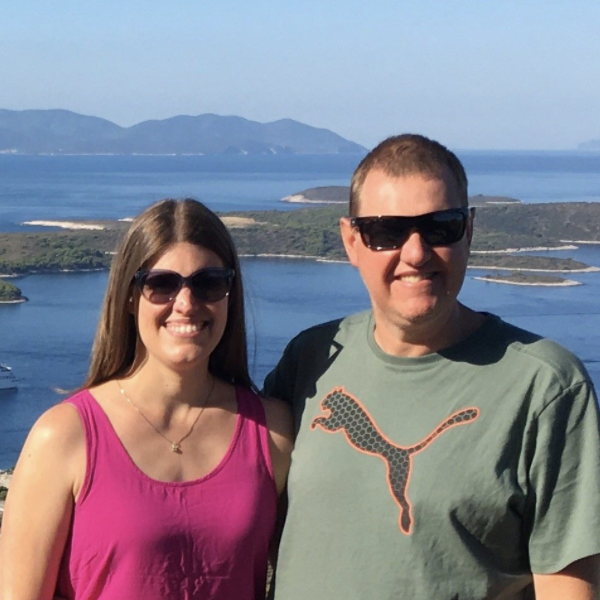


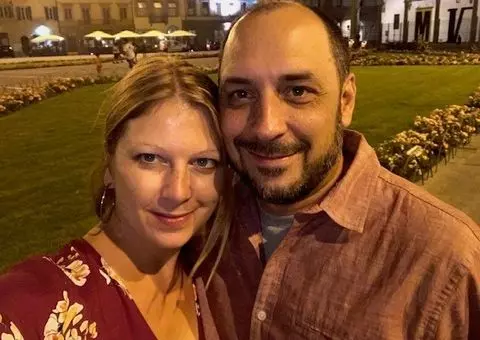
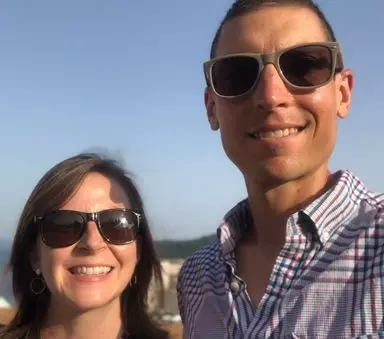
View More Packages...



